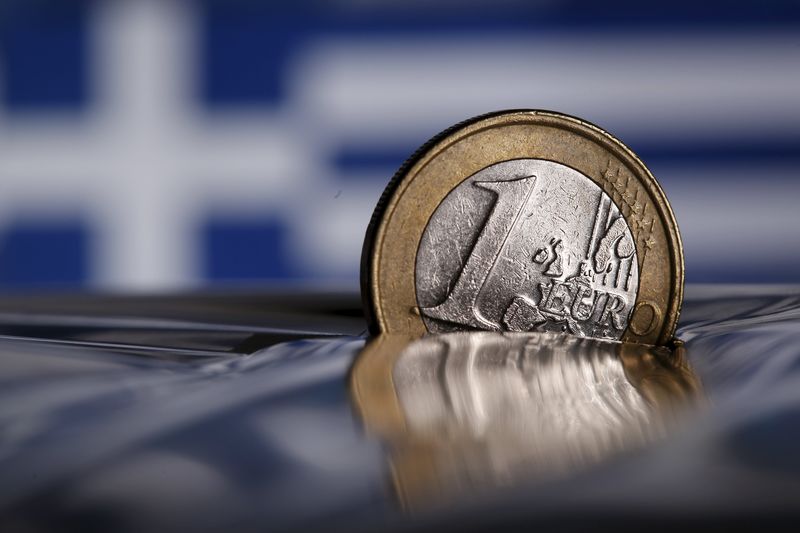By Paul Carrel
BERLIN (Reuters) - Confidence in the euro zone economy hit a four-year high in July and the European Central Bank said recovery is picking up, supported by loose monetary policy aimed at countering persistently low inflation.
Spain's economy was a case in point, with data on Thursday showing it growing at the fastest pace since before the financial crisis. Weak German price pressures, however, showed the threat of deflation has not disappeared with the rising economic tide.
The ECB is four months into a money-printing programme which has warded off deflation but not yet pepped up prices in the euro zone, where Greece's economic crisis has fed uncertainty about the outlook.
The central bank expects prices to start rising towards the end of this year. But anaemic German inflation of just 0.1 percent this month highlighted the size of the task facing the ECB, which targets inflation of 2 percent over the medium term.
Euro zone inflation, to be updated on Friday, is running at 0.2 percent.
"For the ECB it is good news on the economy but the inflation data suggest it is right in signalling that (the money printing) will continue in the coming months as it attempts to get inflation back to its goal," said Nick Kounis, economist at ABN Amro.
To stimulate the economy, the ECB has cut interest rates to record lows, provided banks with billions of euros in cheap loans and embarked on its plan to spend 60 billion euros ($65.58 billion) a month buying bonds until at least September 2016.
"I think the euro zone economy is building momentum," added Kounis, echoing the ECB's message in an economic bulletin, in which it said lower oil prices should support growth.
The results of the European Commission's monthly economic sentiment indicator, which surpassed forecasts and hit 104.0 in July after 103.5 in June, came after a provisional bailout agreement was struck between Greece and the euro zone.
The 11th-hour deal narrowly averted a Greek exit from the euro zone and -- at least for the immediate future -- removes a source of risk to the currency area. Business confidence in Germany duly rose this month.
A nuclear deal with Iran and declines in oil prices for most of July also supported the economic backdrop in the 19-country euro area.
Bailed-out Ireland, in the meantime, reported in a delayed report that first-quarter growth at a striking 1.4 percent quarter-on-quarter.
SPAIN SHINES
In Spain, the economy grew at its fastest rate since 2007 in the second quarter with more growth expected ahead.
Since Spain emerged from a prolonged downturn in mid-2013, economic growth has been driven by a steady rise in consumer spending underpinned by competitive prices, record numbers of tourists and a gradual drop in a sky-high unemployment rate.
The Spanish case offers hope that countries on the euro zone's southern periphery can regain competitiveness and growth by reforming and through so-called 'internal devaluation', effectively cutting wage and other costs.
Greece, however, faces a long road to recovery. Economic sentiment there fell in July.
In Germany, unemployment unexpectedly rose by 9,000 to 2.799 million in July -- its biggest increase since May last year. July is often a weak month for Germany's labour market as a flood of young people enters the workforce.
Federal Labour Office chief Frank-Juergen Weise said the German labour market remained in good shape. The agency's index of job openings hit a record high in July.
German economic growth weakened to 0.3 percent at the start of this year and the finance ministry said last week that the economy would probably expand by around the same amount between April and June, with domestic demand propelling growth while foreign trade picks up.
In neighbouring Austria, the economy expanded 0.3 percent in the second quarter on the back of rising consumption and investments.

Further north, the economies of Latvia and Lithuania grew by 2.7 percent and 1.3 percent respectively in the second quarter. Non-euro zone member Sweden beat forecasts with quarter-on-quarter growth of 1.0 percent in the April-June period and annual growth of 3.0 percent.